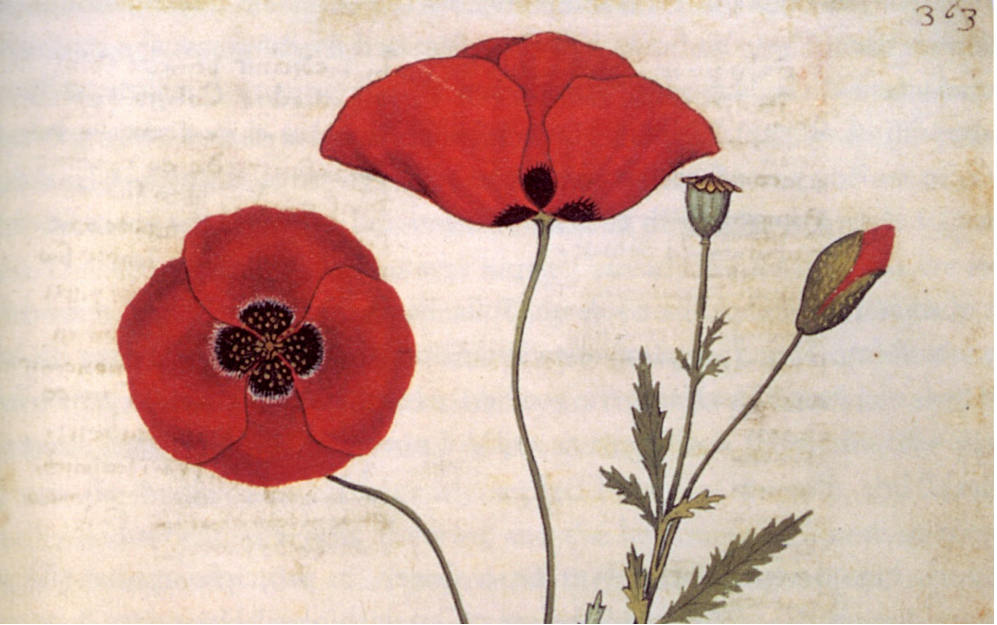T e c h n i q u e s I U s e
Techniques can be helpful if they are used in an attuned way -- a hammer for a nail, a spoon for soup (but only if you're hungry). It is usually an in-the-moment decision to employ a technique, though sometimes people are curious and want to try things like EMDR or sand tray. In that case, it's a conversation and a collaborative decision. In case you are curious about the techniques I use, here is a brief description of each.
DEEP (Dynamic Enriched Experiential Psychotherapy)
DEEP is not a technique, but a foundation from which I work. It's about being attuned and relational, sensitive and in-the-moment. It's about noticing and making explicit what helps us create safety so that together we can create the conditions that facilitate exploration, discovery and healing.
DEEP is an offshoot of AEDP (Accelerated Experiential Dynamic Psychotherapy) You can read more about DEEP
here and more about AEDP here.
Shared joy is a double joy.
Shared sorrow is half a sorrow
-Swedish proverb
Hakomi
Hakomi is another foundational piece, but has some specific techniques. An experimental attitude is at the base and the idea that no matter what happens, if you're paying attention, you learn something. So a Hakomi practitioner will set up little experiments designed to help you study your experience. For example, a practitioner might offer a "probe" by asking you to get as mindful as you're able and notice your response when you hear the words "you are welcome here." No matter what your response is (a sign of releif, disbelief, anger, doubt, a memory of your grandmother), you learn something about your unconscious beliefs, about how you organize your experience and how you take in or resist nourishment.
Hakomi experiments are customized to you and your in-the-moment situation, are designed to be potentially nourishing, and are offered in a spirit of non-judgment and nonviolence with no agenda but to learn something useful. Some of the experiments involve posture, gesture, or movement. Some involve imagery.
You can read more about Hakomi at the Hakomi Institute website.
Between the stimulus and the response
there is a space.
and in that space
is our power and our freedom.
- Victor Frankl
Parts Work
The best model I know for the psyche is the parts model. Although many people when first introduced to the model worry that maybe they're "crazy" they eventually discover that It is extremely helpful to view ourselves as multiple personalities all doing their best to make us happy. We all have a cynic inside. We all have a critic. We all have young and vulnerable parts that don't show up unless it?s really safe. Most of us have parts that are trying very hard to be functional and make everything work.
The challenge is that many of these parts have opposing goals. One part wants to relax and rest more; another wants to get ahead. One part wants to be safe, another wants to be daring and adventurous. Parts with different agendas often try to suppress or oppress each other. Some parts can get extreme when they?re scared (drugs, sex, over-eating, starving, aggression towards other parts or other people). In parts work, the goal is to find a leader inside who can relate to all the parts, see them clearly, feel compassion for them, make space for them all, help them express their needs, their wants, their fears, help them listen to each other, and help negotiate solutions and trade offs that keep all of them happy.
It's not as hard as it sounds. As soon as you really understand that all parts have your best interest in mind, it's pretty easy to work with them. You will be amazed and surprised and delighted by the way your parts come forward, (the things they say, the gifts they offer) once they feel safe and seen and appreciated.
You can read more about Internal Family Systems (IFS) which is the parts model I use here . Or, read these poems. to gain understanding a different way.
To love one self
is the beginning of a lifelong romance.
- Oscar Wilde
EMDR (Eye Movement Desensitization and Reprocessing)
EMDR is a well researched, evidence-based treatment for trauma that involves bilateral stimulation (alternating input to opposite sides of the body). It has been found that the bilateral stimulation coupled with traumatic memories unlocks neural networks that have been closed and stuck and allows new information to be integrated. Said another way, the bilateral stimulation makes it possible for your brain to do what it naturally knows how to do, which is to orient, integrate, and maintain maximum flexibility and complexity. The bottom line is that after a series of EMDR treatments, the traumatic memories that were locking up your nervous system and causing you all sorts of trouble are still there, but without the charge. You are able to grieve, to rage, to find meaning and gifts and move on with your life.
I am partial to the slightly modified protocols of "Attachment Focused EMDR" put forward by Laurel Purnell. The attachment focus of her approach fits in well with my DEEP sensibility. You can read more about it here.
O for a life of sensations
rather than thoughts.
- John Keats
Logic will get you from A to Z;
imagination will get you everywhere
-Albert Einstein



